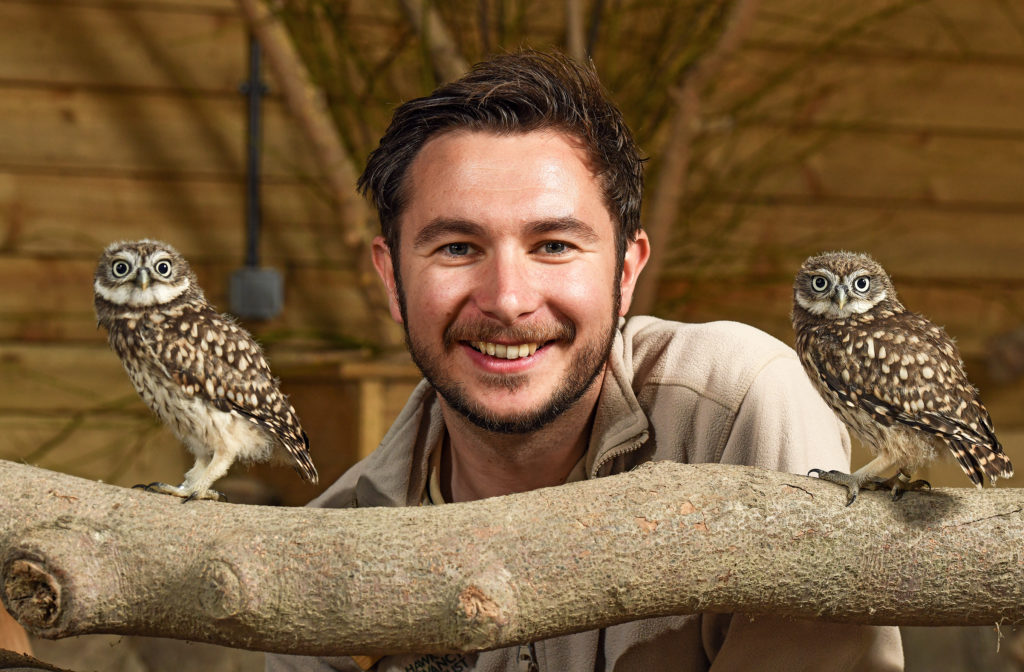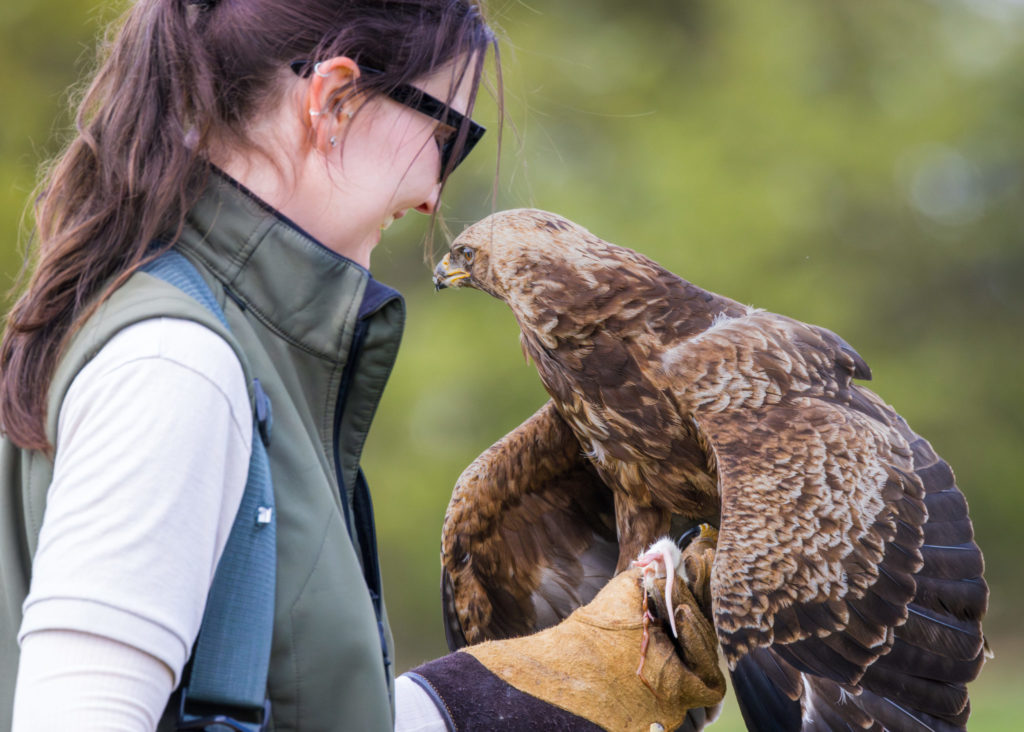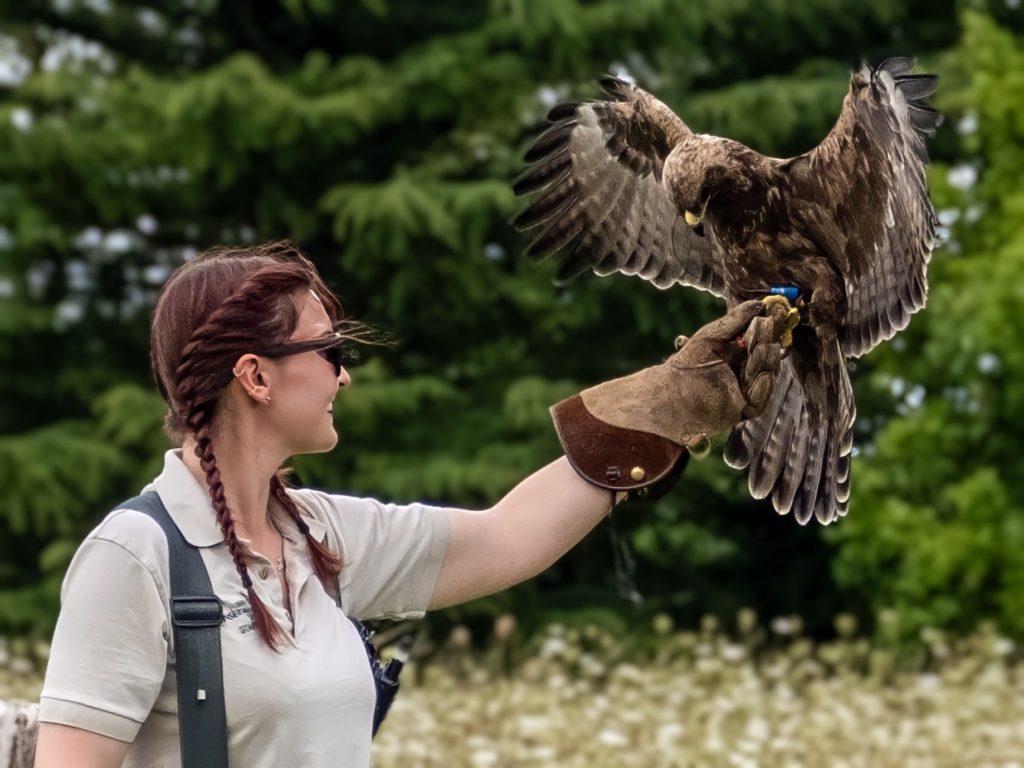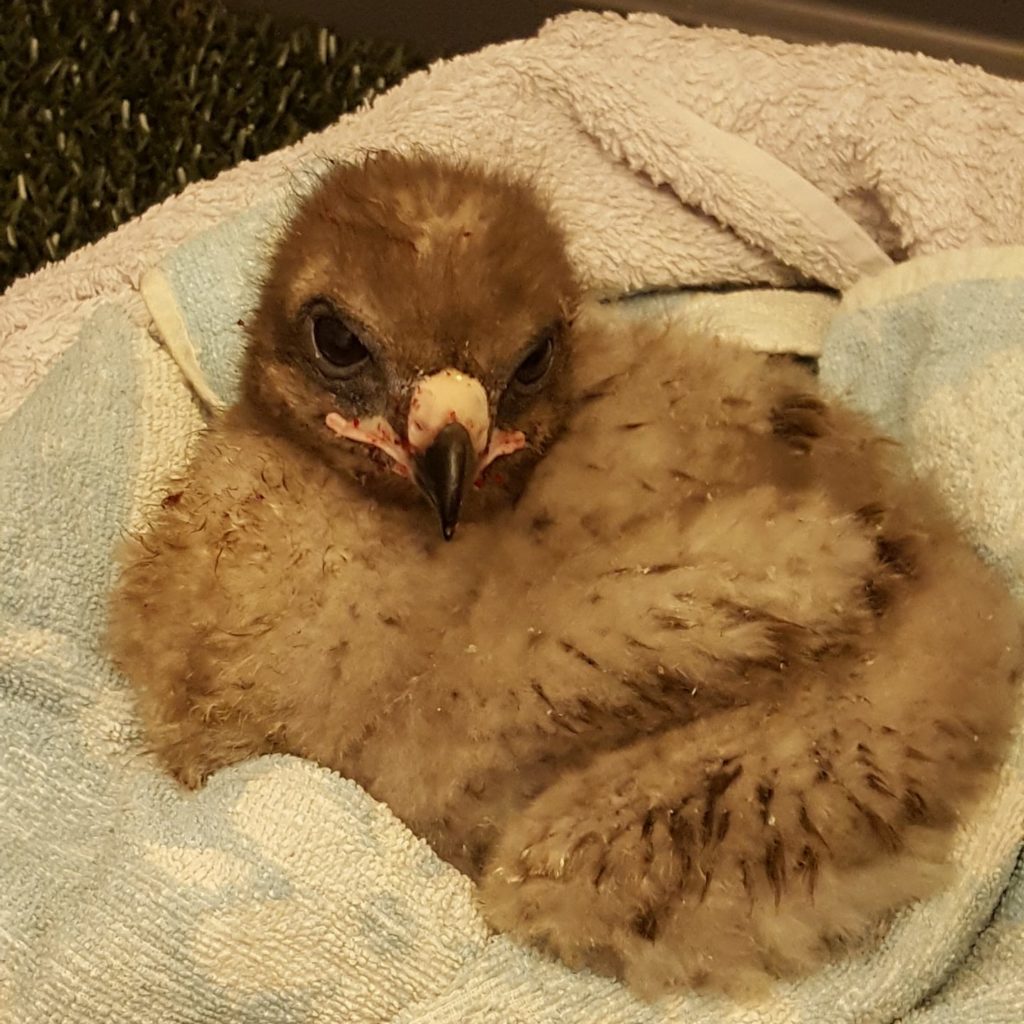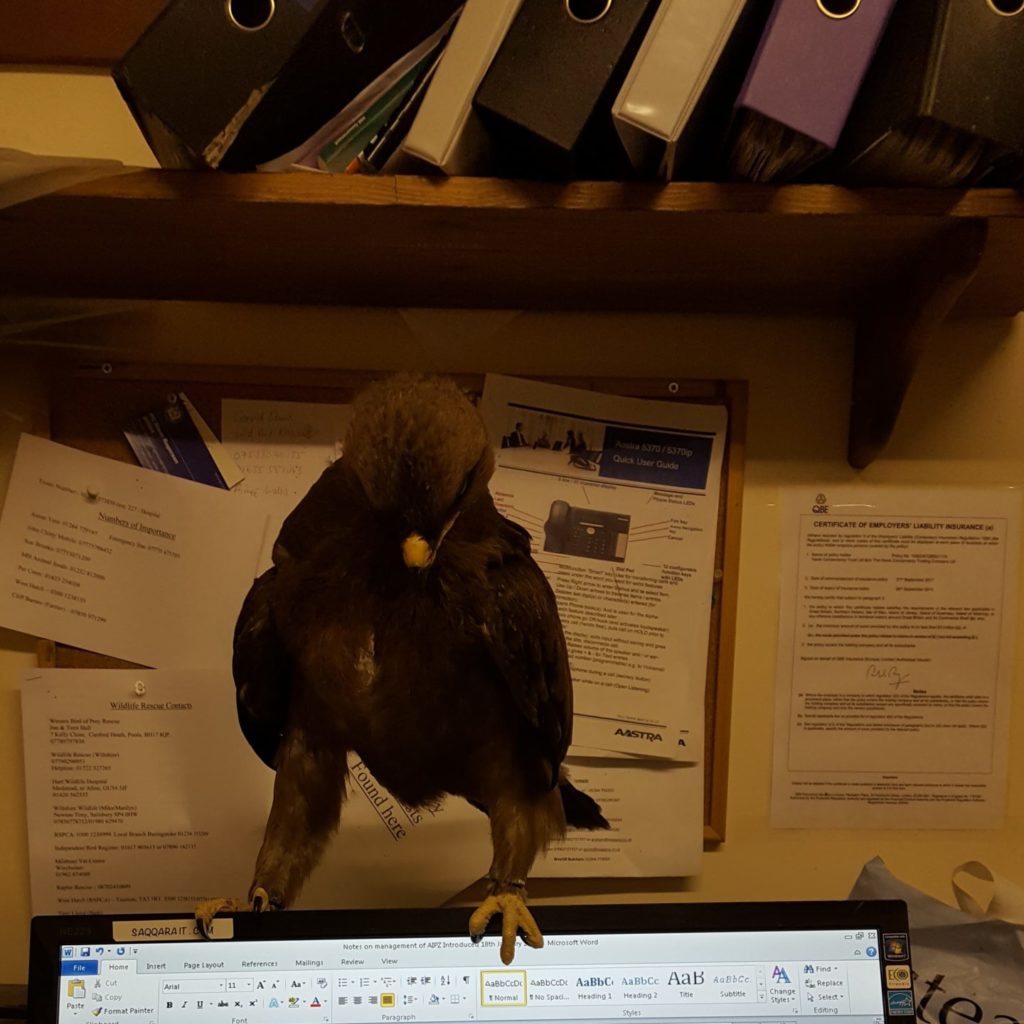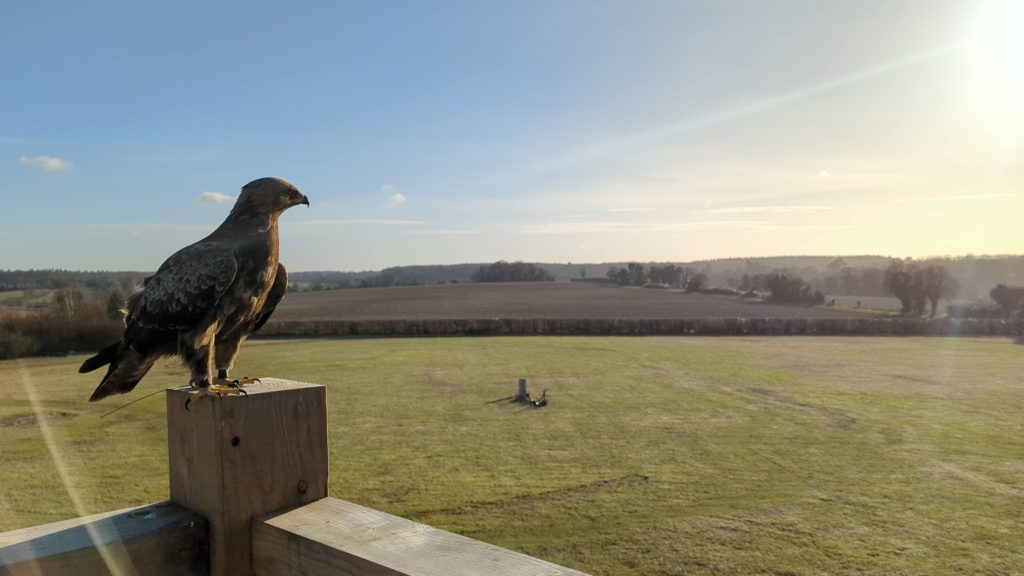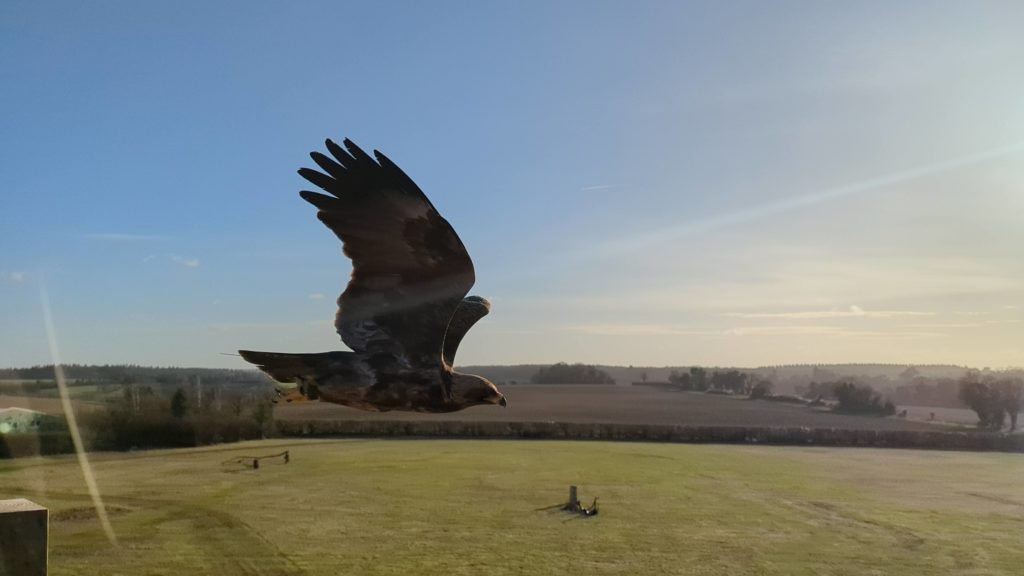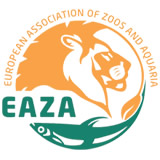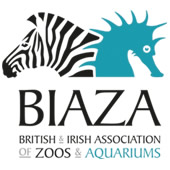Flying in from Wales, we’re excited to welcome Bird Team member Poppy to the Trust. With a lifelong passion for birds of prey, conservation and education, she moved all the way to Hampshire to join our team after working with birds of prey for five years in Carmarthen. Read more about Poppy below.
” Hello! My name is Poppy, and I’m thrilled to have recently joined the team here at the Hawk Conservancy Trust! Originally from Carmarthenshire in South Wales, I’ve made the big move to Andover to follow a lifelong passion for birds of prey, conservation, and education.
My background is a little unique—I began by studying for a Level 3 Diploma in Animal Management, but I also had a strong love for performance, which led me to a Level 3 in Performing Arts and then a scholarship place on the Young Actors scheme at the Royal Welsh College of Music and Drama. I later went on to complete a BA in Welsh-language Performance at university.
Eventually, I found myself being drawn back to the animal world and began working at Manor Park Wildlife Zoo in Pembrokeshire, where I cared for a wide variety of species, from squirrel monkeys and Southern White Rhinos to lemurs and more. From there, my career led me into the skies—quite literally—when I joined The British Bird of Prey Centre as a falconer.

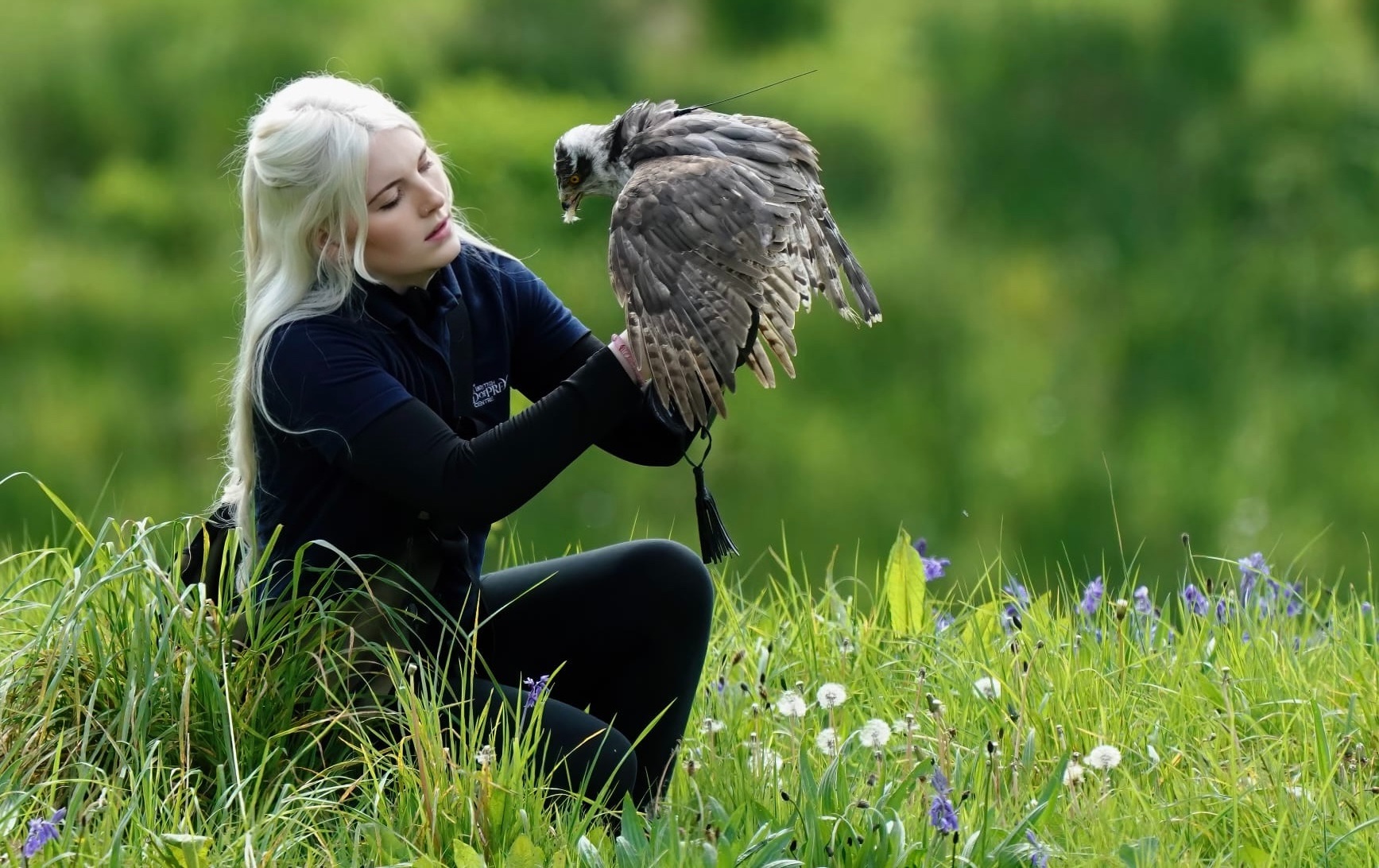
I spent five wonderful years there, working with a range of native raptors and developing a deep understanding of British species, conservation, and restraint-free training. I had the privilege of working with everything from the elusive Honey Buzzard to the magnificent White-tailed Sea Eagles, who played a vital ambassadorial role in the Eagle Reintroduction Wales project. I also led many of our educational initiatives, delivering wildlife sessions to schools and communities across Wales. Alongside this, I managed the Centre’s social media accounts, sharing the stories of our birds and the important educational work we were doing with a wider audience.
During this time, I completed the Neil Forbes Management of Raptors Health and Longevity course, gaining hands-on experience in avian nutrition, health checks, and veterinary techniques. Whilst I was there, I even had the chance to share my work on television, teaching footballer Jess Fishlock how to fly eagles—and how to speak a bit of Welsh too!
Now, I’m beyond excited to be starting a new chapter with the Hawk Conservancy Trust. I’ve long admired the Trust’s dedication to conservation, scientific research, and public engagement. The work being done here to conserve both native and global bird of prey species is truly inspiring, and it’s an honour to be part of a team so passionate about making a difference. I’m really looking forward to learning from everyone—humans and birds alike—and getting stuck in with all the brilliant work the Trust is doing.
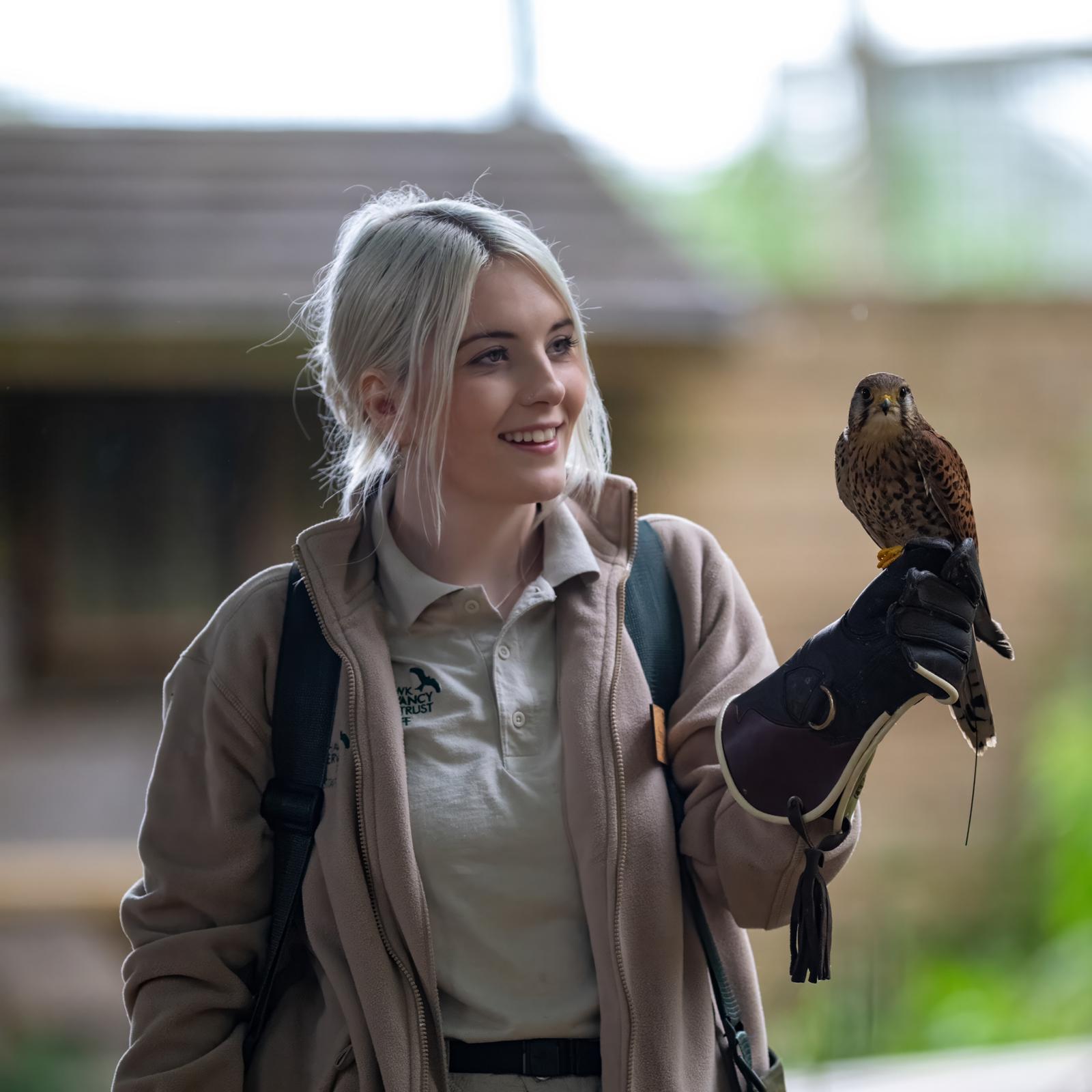
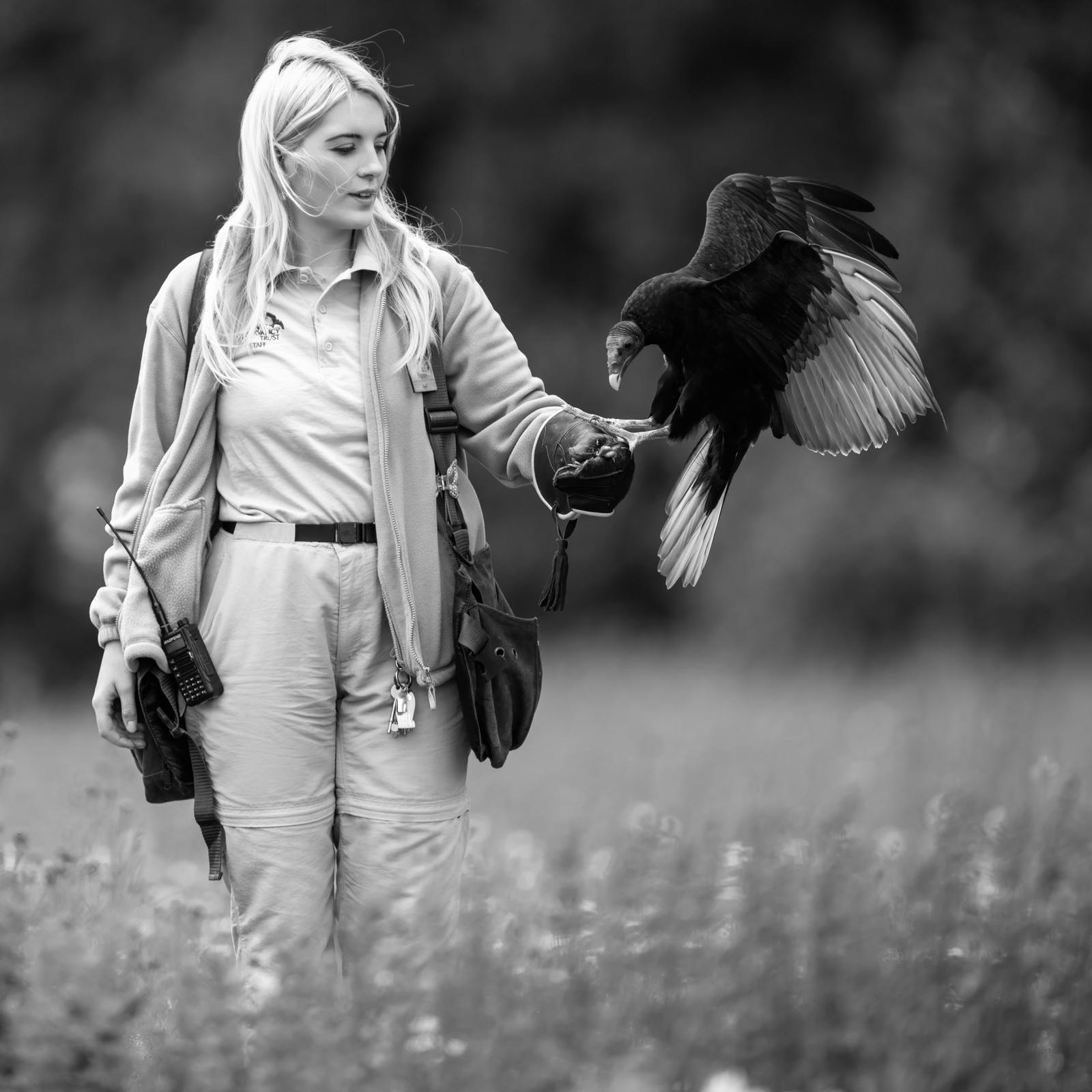
As a fluent Welsh speaker, I’d love to offer a warm croeso to any visitors from Wales—if you come to visit, I’d be delighted to have a chat in Cymraeg. And if you’re not a Welsh speaker, I’d still love to teach you a few fun Welsh words while you’re here!
See you at the Trust!”

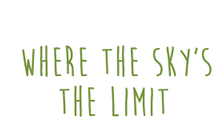
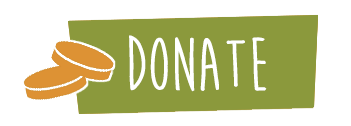



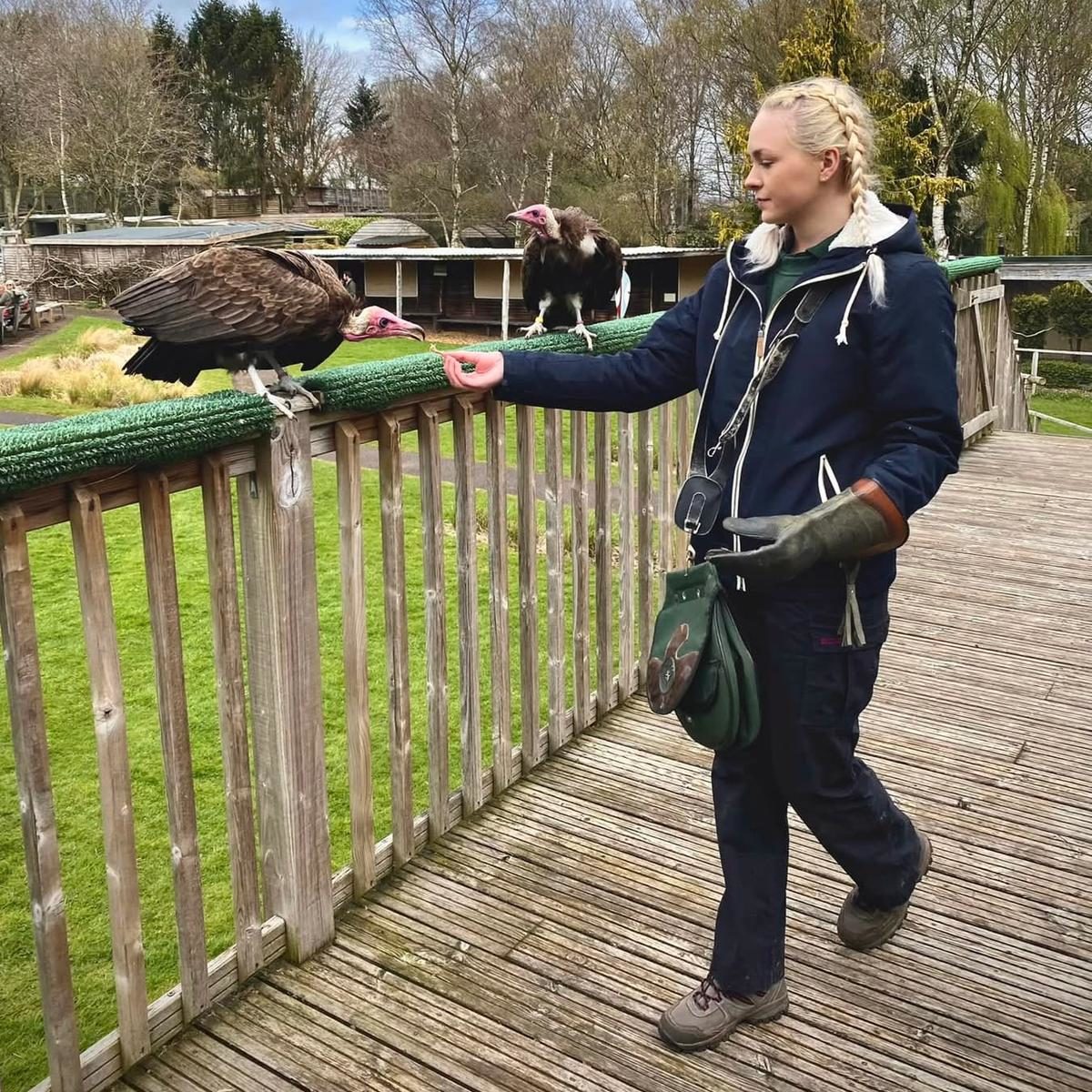
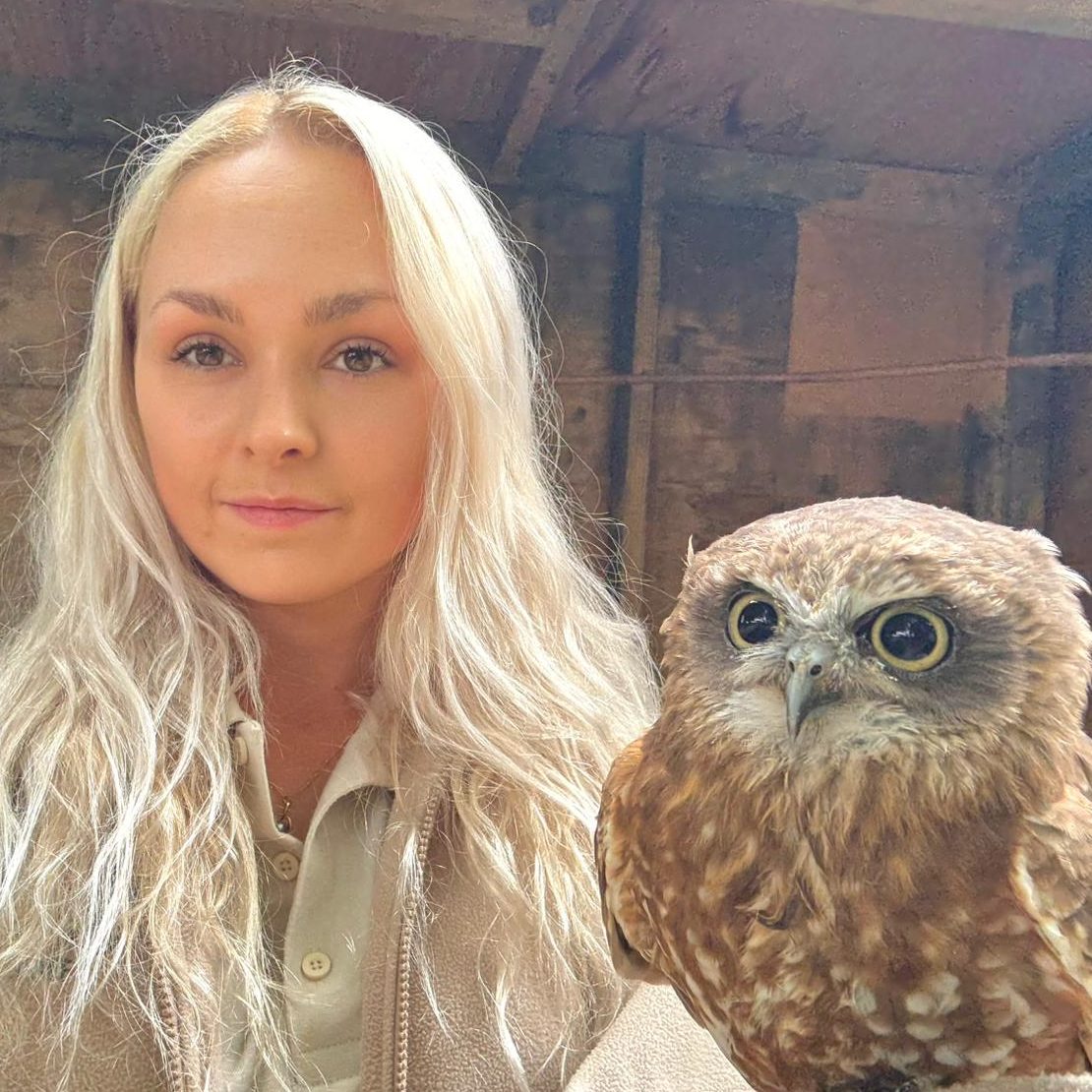
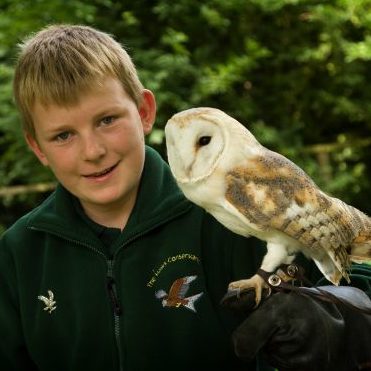

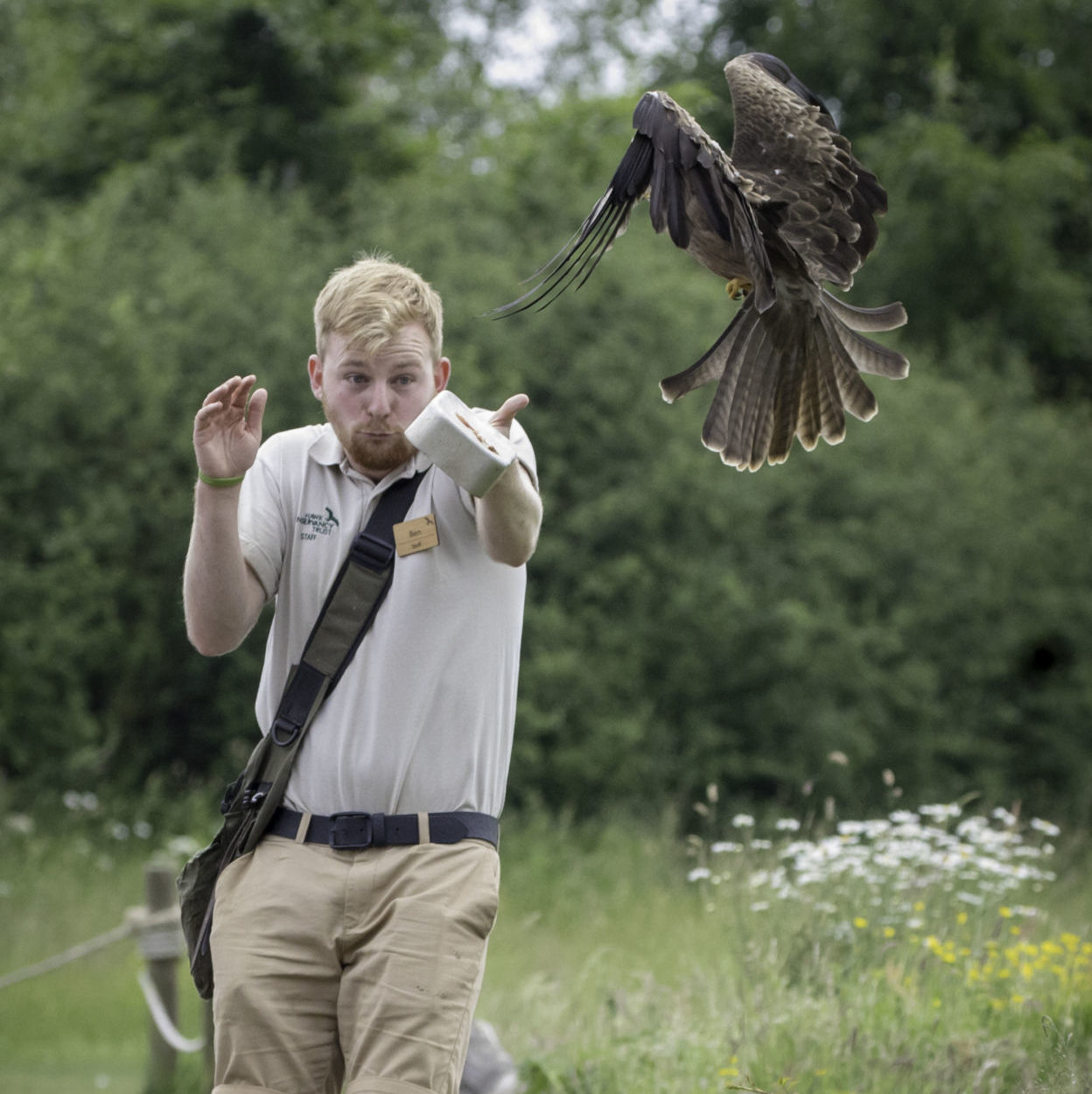
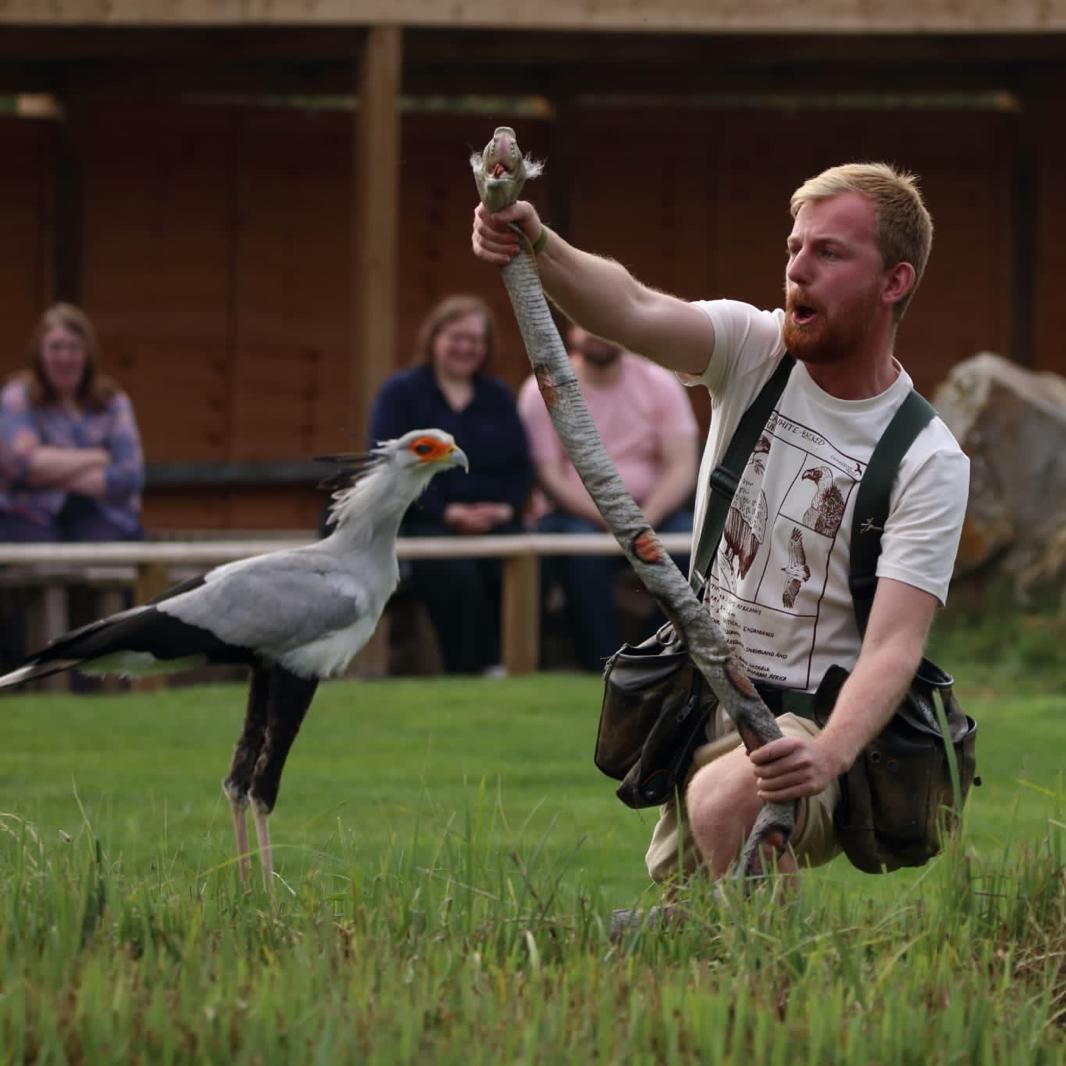
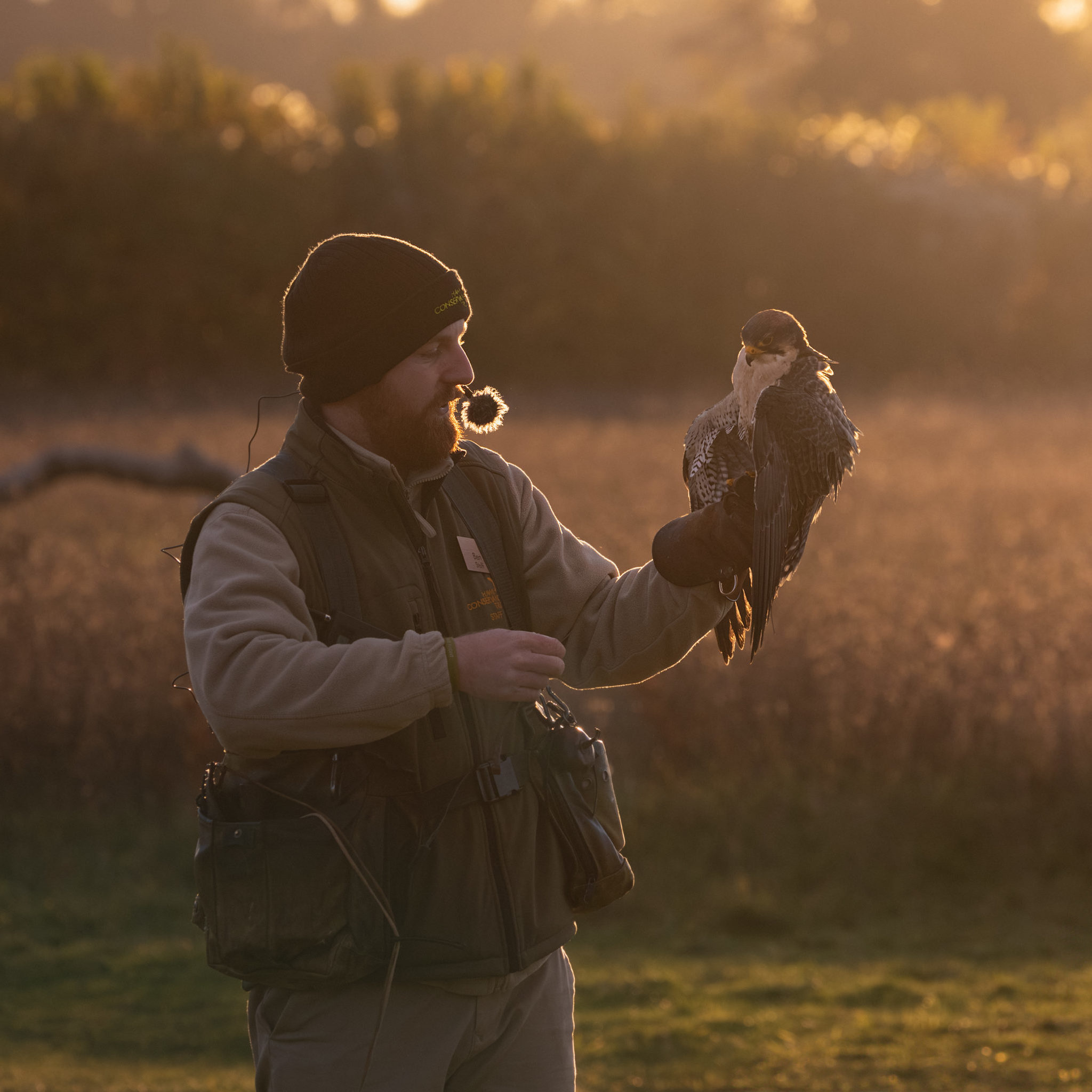
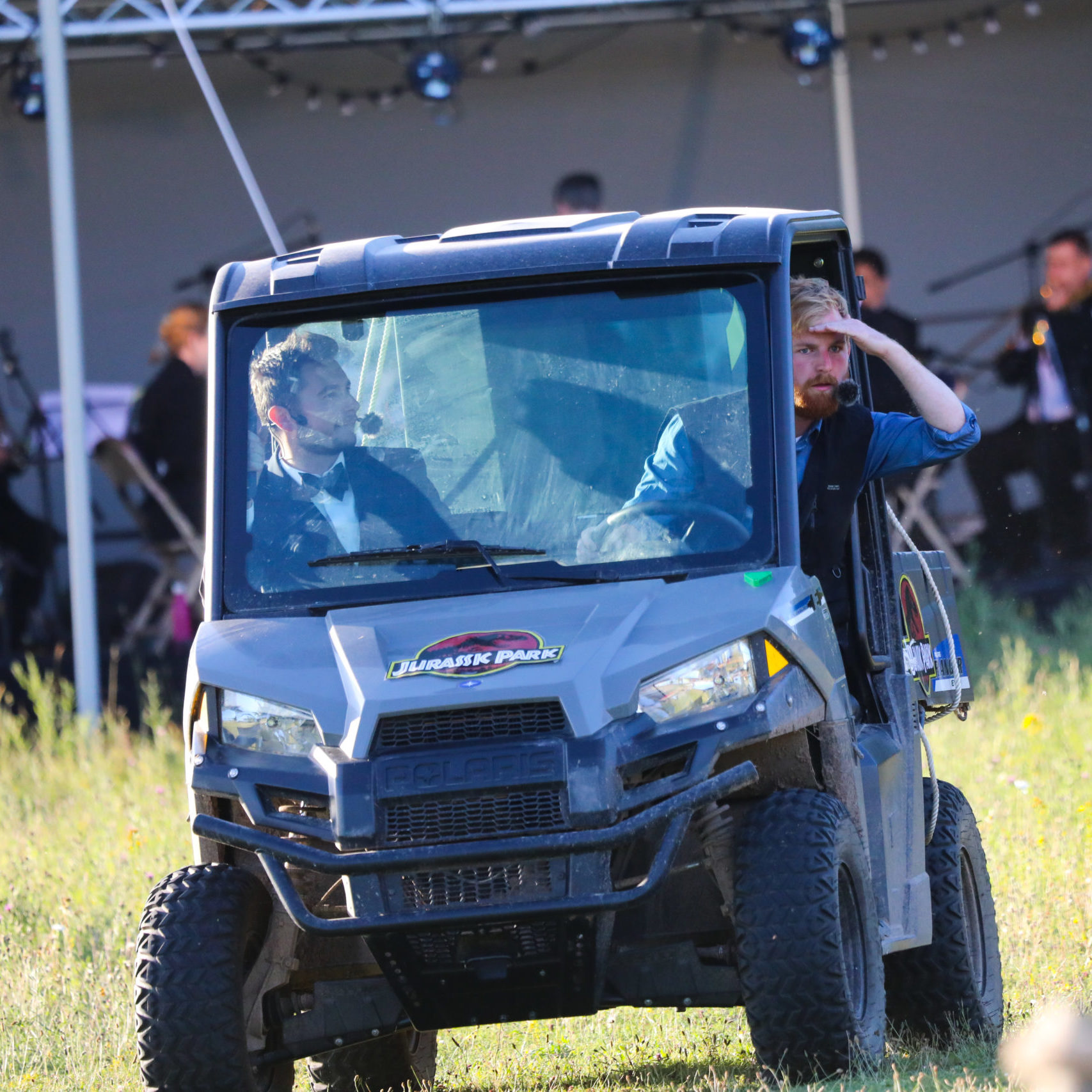
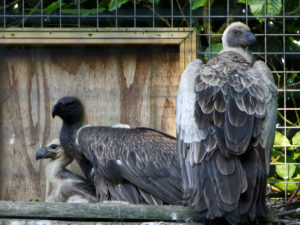
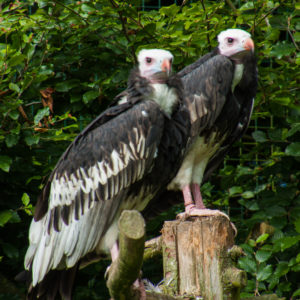
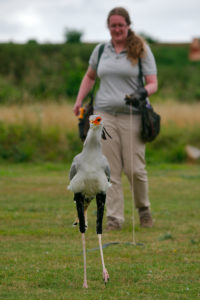
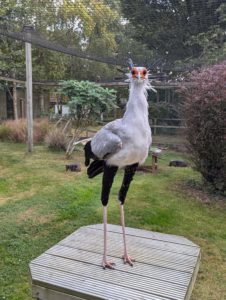
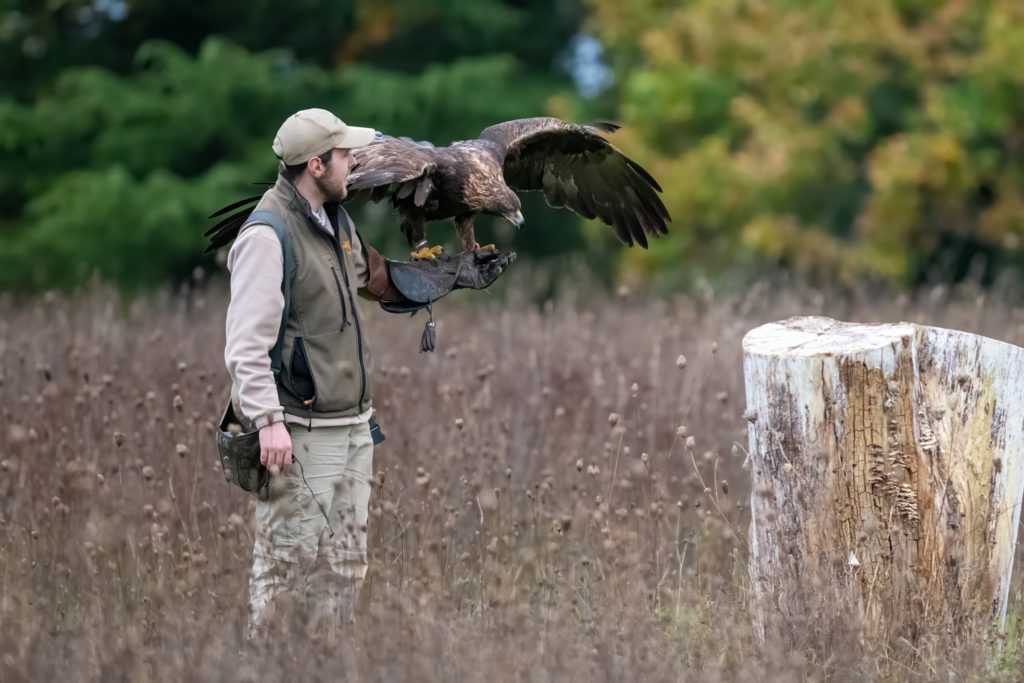
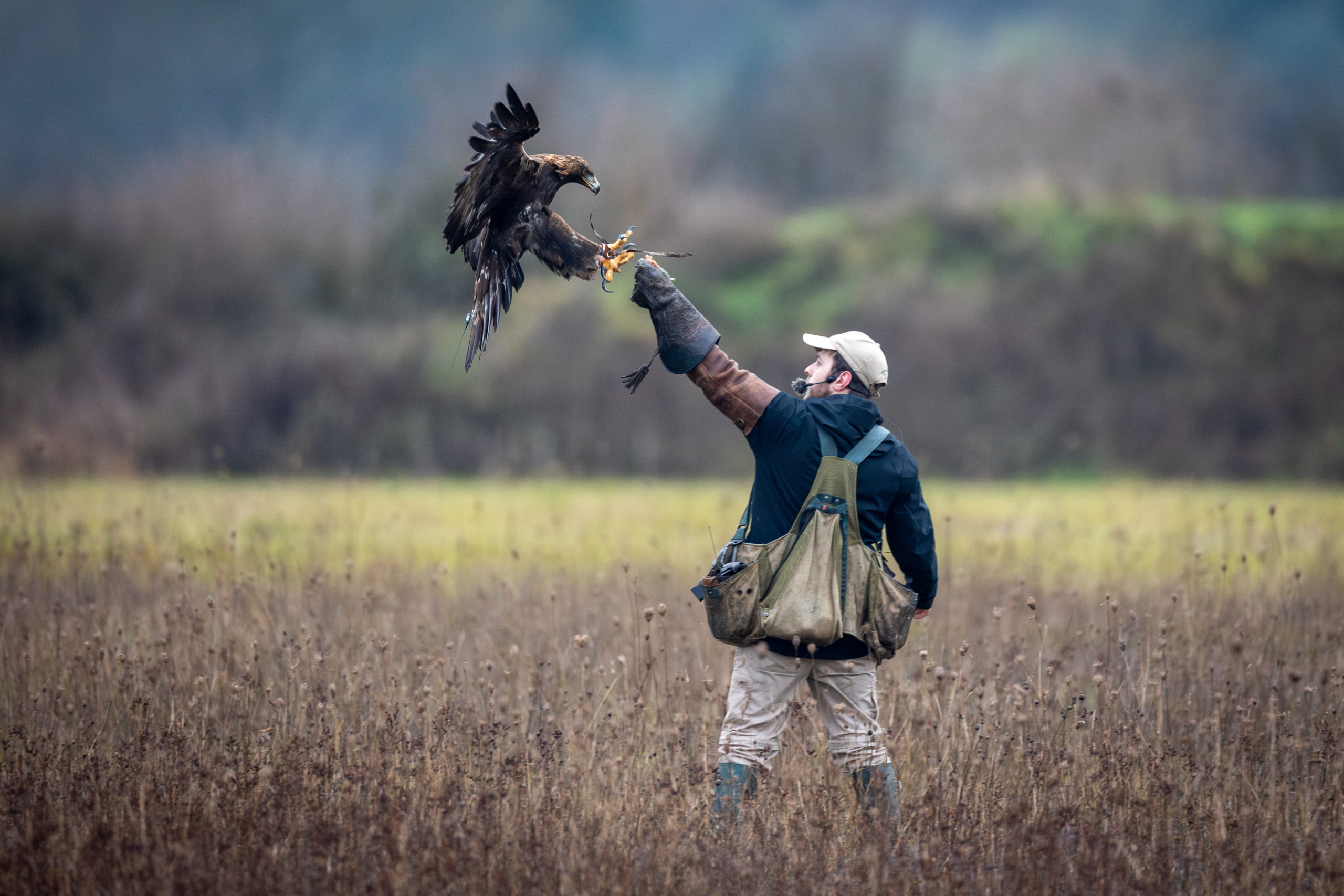
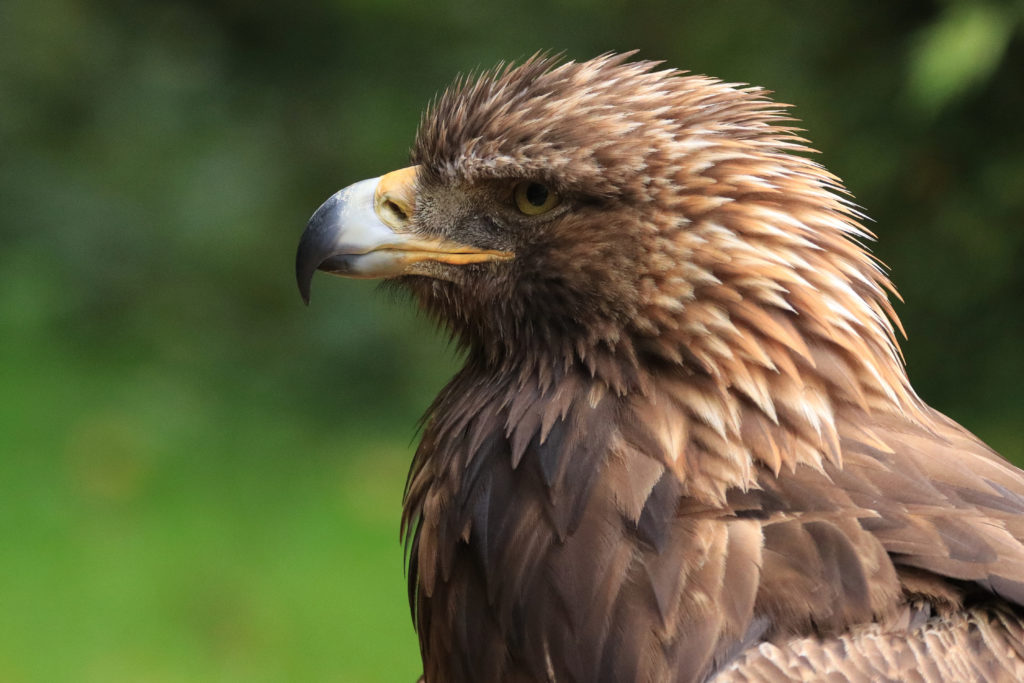
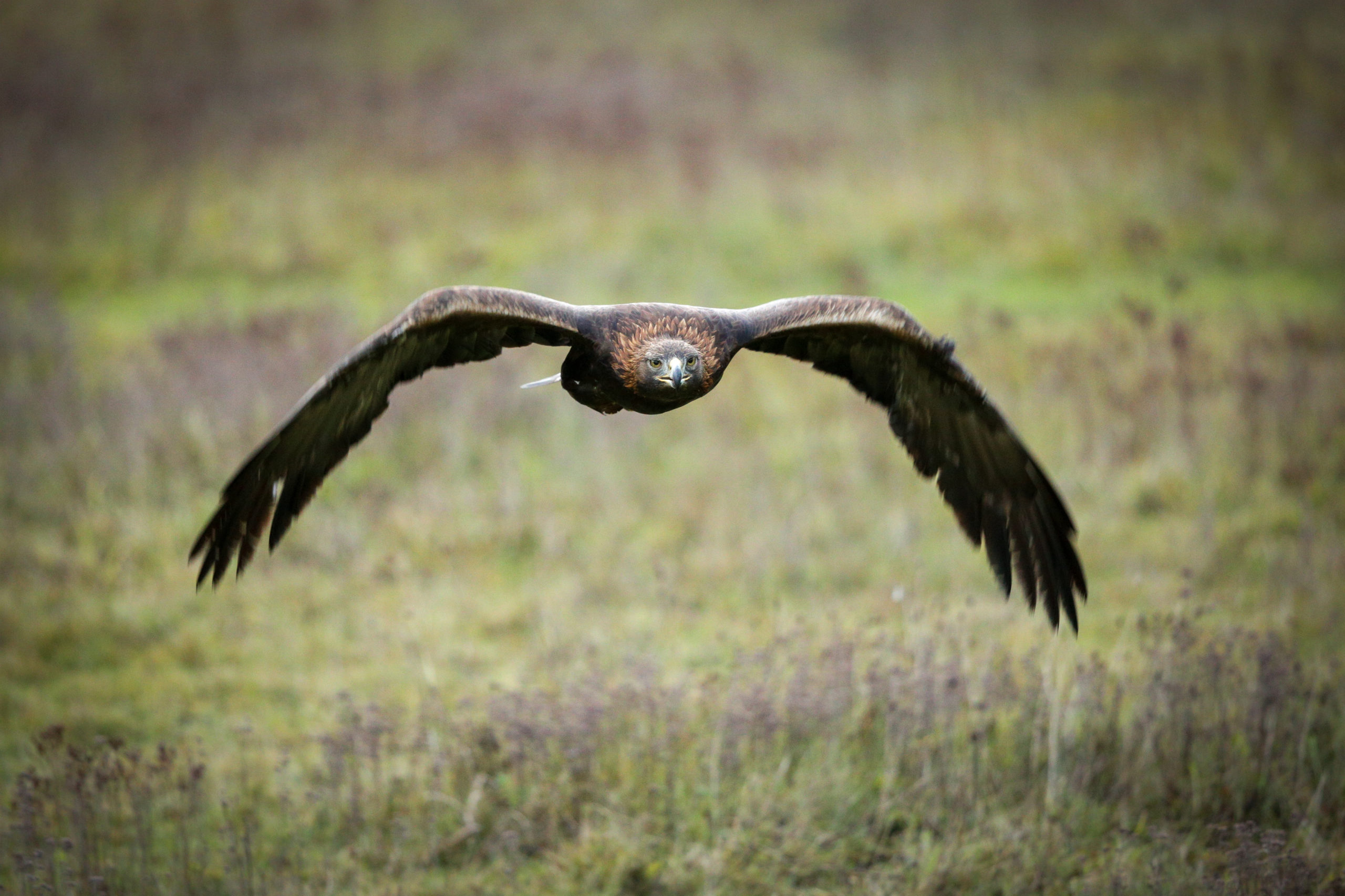
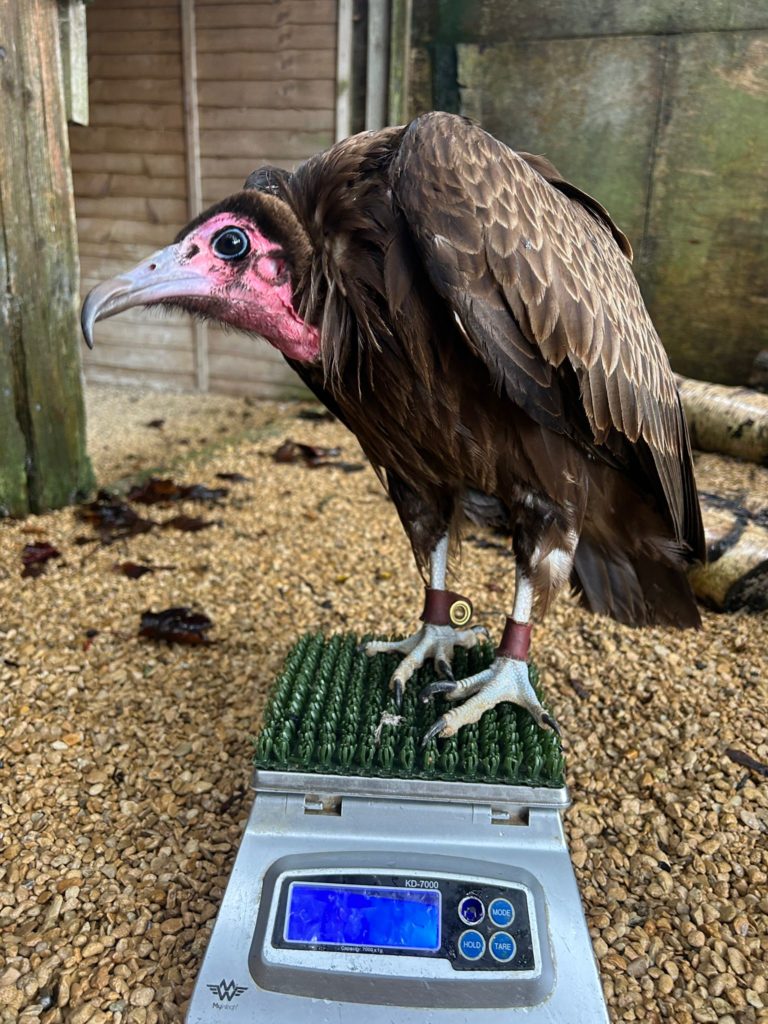
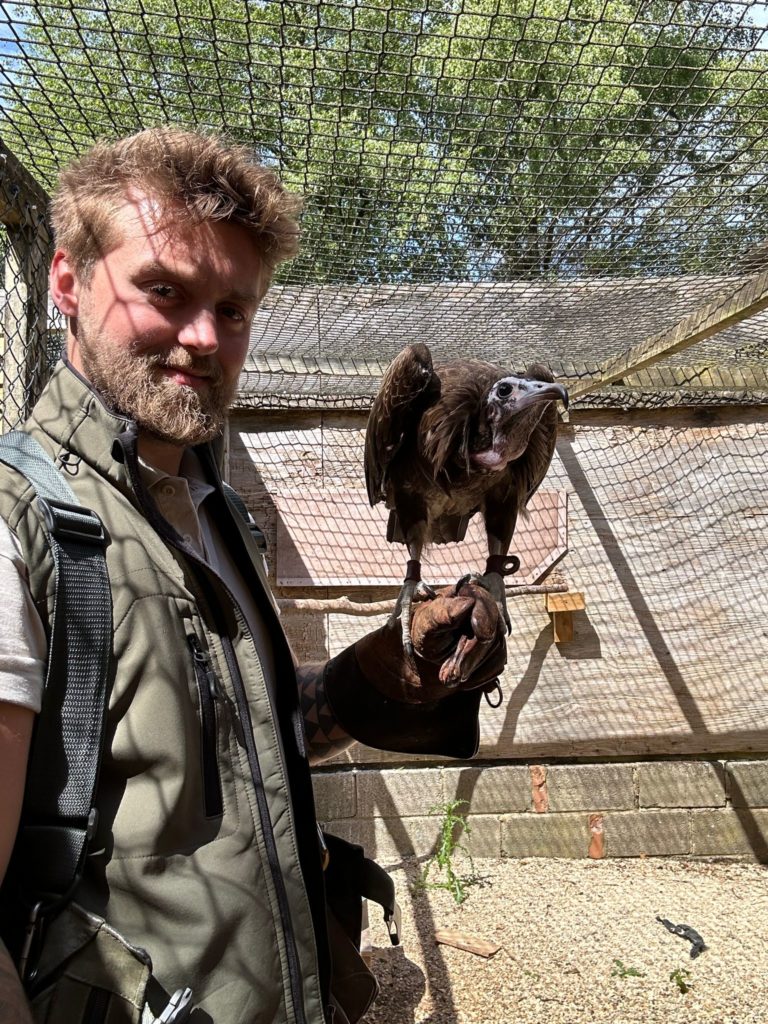
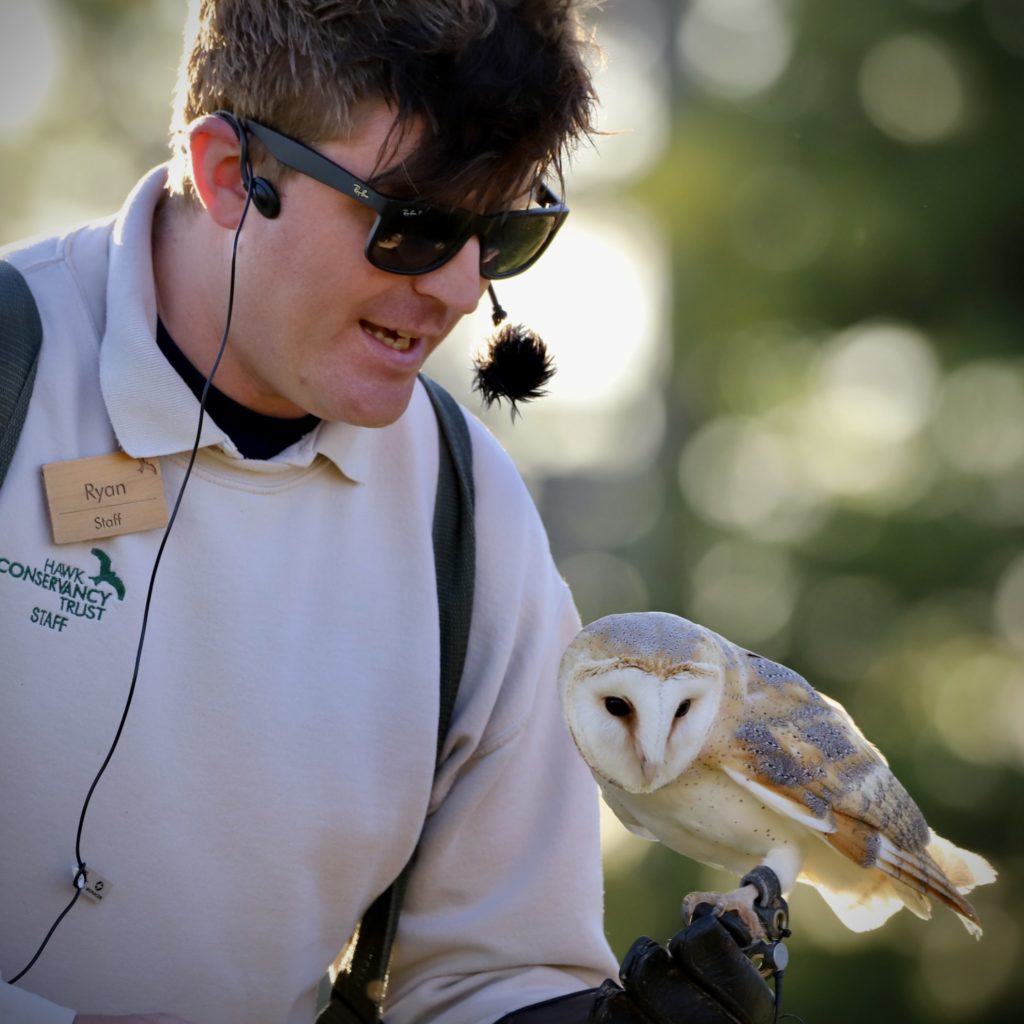
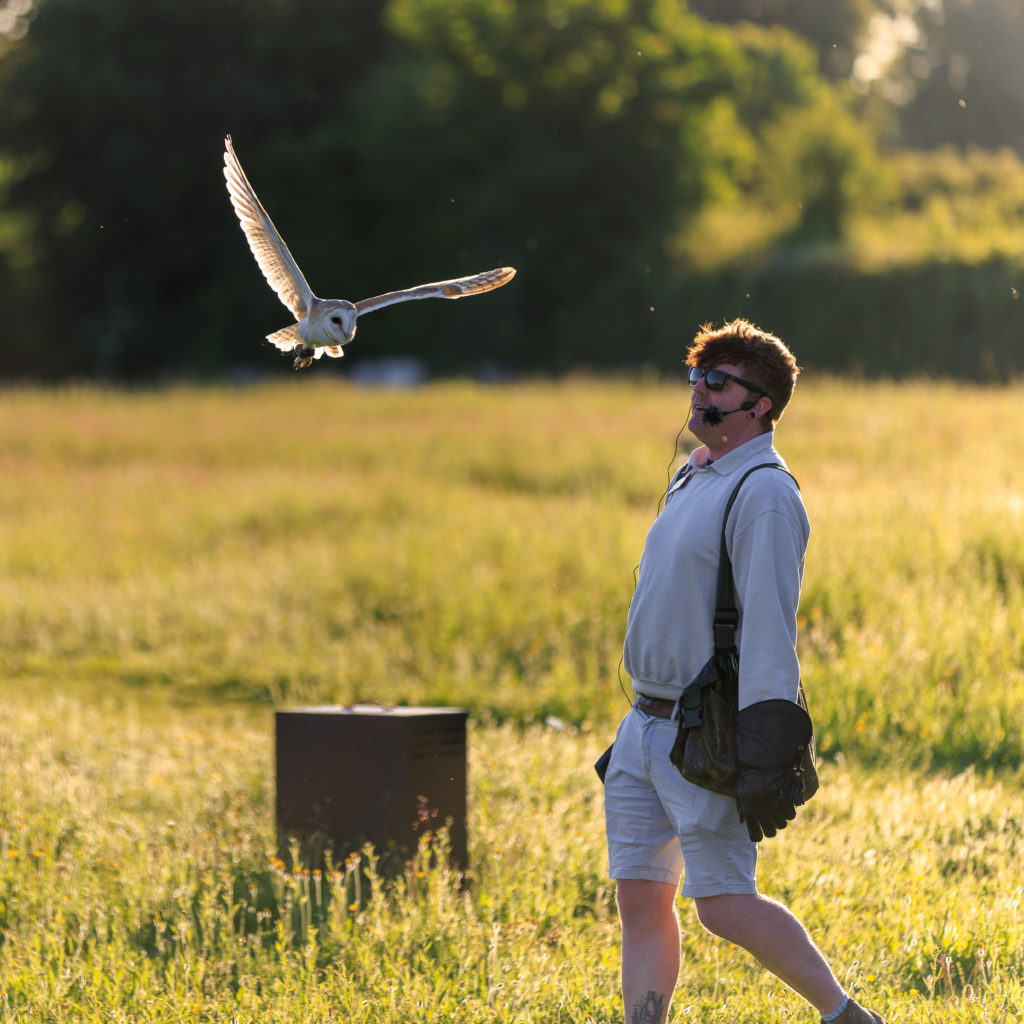
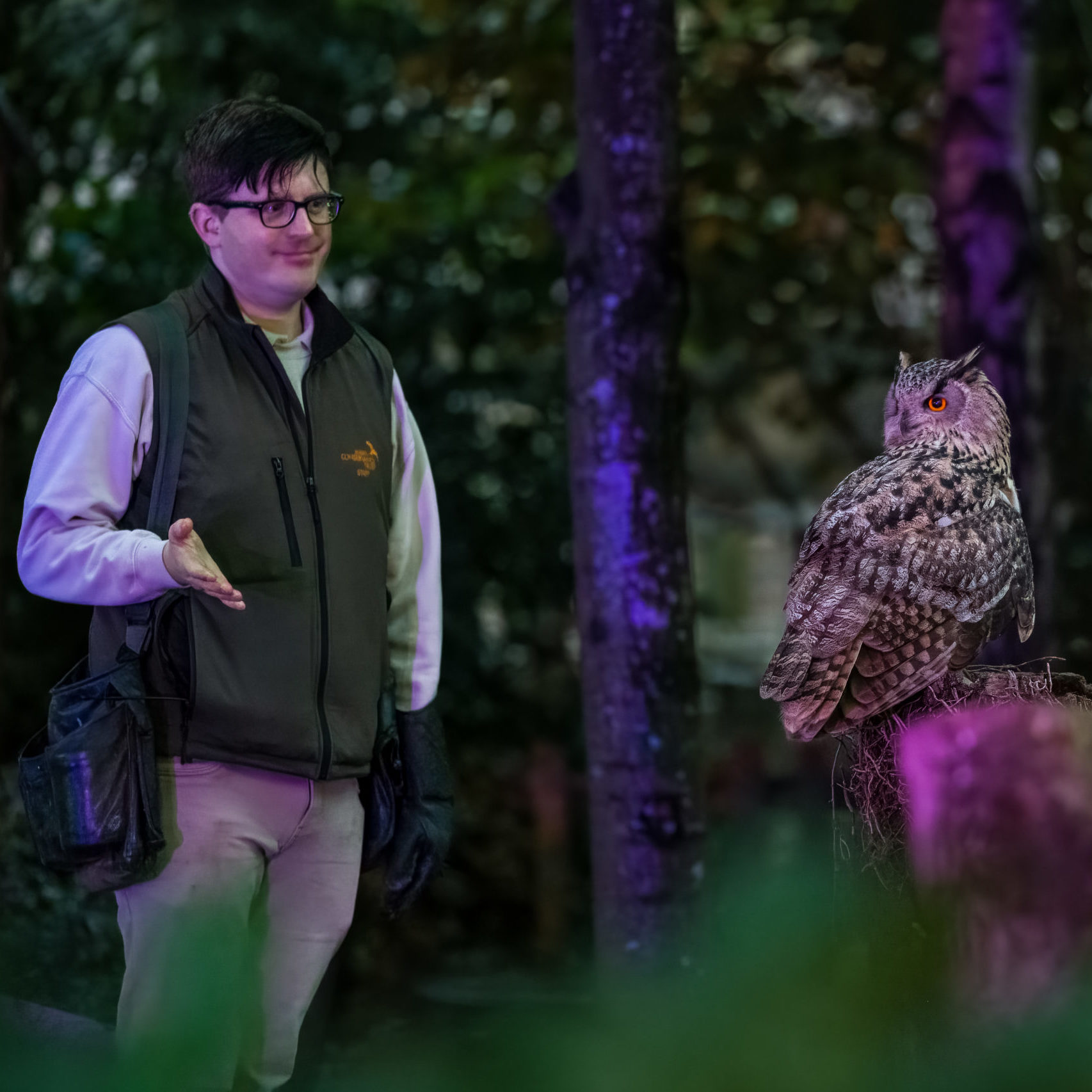
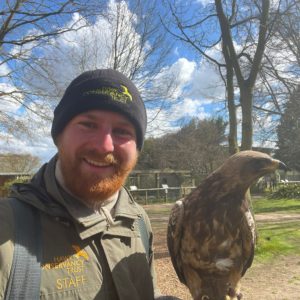
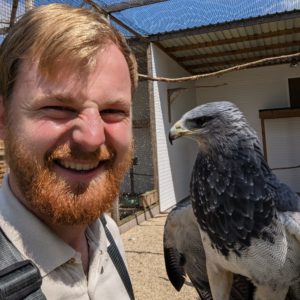
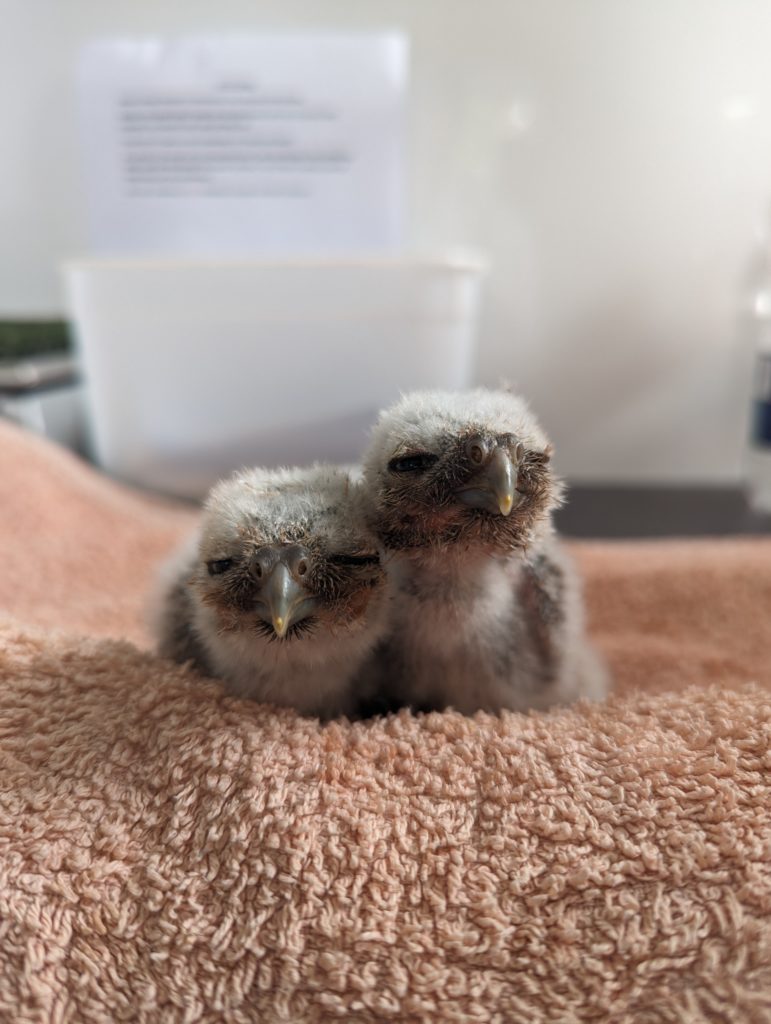
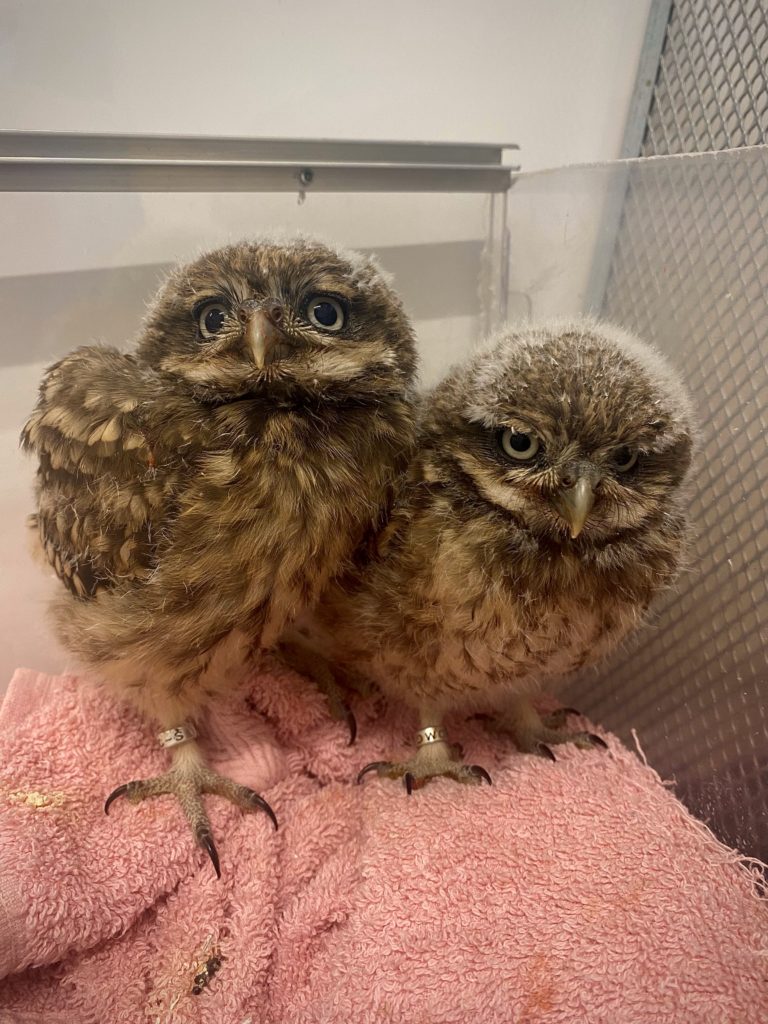 “It’s always an exciting time when we welcome new birds to the Hawk Conservancy Trust and this is especially true when those birds are still just chicks. Over the last few weeks, I’ve had the great privilege of watching two Little Owl owlets change from tiny bundles of white down into fully grown youngsters.
“It’s always an exciting time when we welcome new birds to the Hawk Conservancy Trust and this is especially true when those birds are still just chicks. Over the last few weeks, I’ve had the great privilege of watching two Little Owl owlets change from tiny bundles of white down into fully grown youngsters.